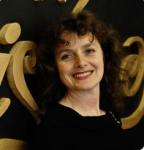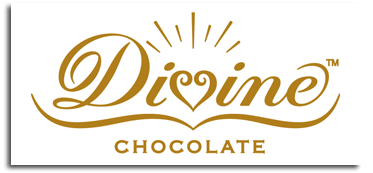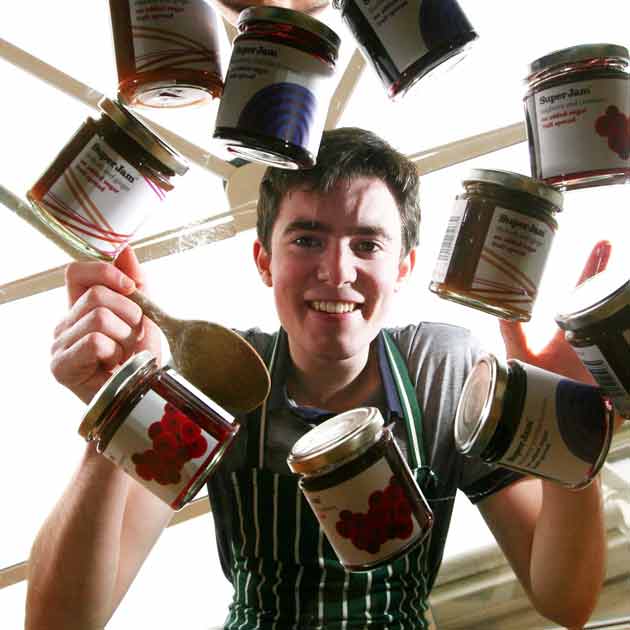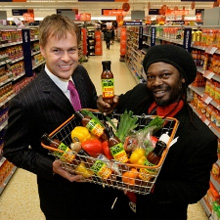I greatly enjoyed attending the The Future Face of Enterprise – Policy Summit 2007, part of the launch of Enterprise Week which this year was hosted by The British Library.
There was a good range of speakers including three representatives of government:
Rt Hon John Hutton MP, Secretary of State for Business, Enterprise and Regulatory Reform
Jonathan Guthrie, Enterprise Editor, Financial Times
Ben Verwaayen, Chief Executive, BT
Lucy Neville-Rolfe, Executive Director, Tesco Plc
Joanna Shields, President, Bebo
Phil Hope MP, Parliamentary Secretary, Cabinet Office
Rt Hon Stephen Timms MP, Minister of State for Competitiveness, Department for Business, Enterprise and Regulatory Reform.
Farzana Baduel (Founder, TaxClaim),
Julie Meyer (Founder and Chief Exec, Ariadne Capital),
Maive Rute (Enterprise and Industry Directorate General, European Commission)
Ben Verwaayen gave an impressive unscripted talk emphasising the global nature of business and how this gave opportunities for both developing economies such as India as well as mature economies such as ours. Technology meant that geography was no longer a barrier to employment opportunities. Several of the speakers mentioned that London is now the leading city for international business and finance. The positives that immigrants bring to our society (they are far more likely to set up in business) were also contrasted to the negative press they have been receiving recently.
Joanna Shields (originally from the U.S.) told the audience that she was shortly to take up British citizenship. This led to muffled laughter from the audience which I felt gave a fascinating insight into the British psyche. The same comment in the U.S. would have led to loud applause and cheering.
Perhaps most impressive of all (and I find that young entrepreneurs often are) was Farzana Baduel the Founder of TaxClaim. She was amazingly confident and poised. Her main message was just go for it, and don’t listen to those who would counsel caution.
Matthew Gwyther editor of Management Today led a very lively discussion on a range of issues but focussing on challenges for women entrepreneurs.

From left to right:
Farzana Baduel (Founder, TaxClaim),
Julie Meyer (Founder and Chief Exec, Ariadne Capital),
Maive Rute (Enterprise and Industry Directorate General, European Commission),
Stephen Timms (Minister of State with responsibility for Enterprise, BERR),
Phil Hope (Parliamentary Secretary with responsibility for Social Enterprise, Cabinet Office), Joanna Shields (President International, Bebo)
Lucy Neville-Rolfe (Corporate and Legal Affairs Director, Tesco).
 Wikipedia is a registered charity which cost $1 million in 2007 and forecasted to cost $2-3 million in 2008 which is amazing considering it is now the 8th most popular website in the world. Even in Iran it is the 14 most popular.
Wikipedia is a registered charity which cost $1 million in 2007 and forecasted to cost $2-3 million in 2008 which is amazing considering it is now the 8th most popular website in the world. Even in Iran it is the 14 most popular.





 I have been attending some of the
I have been attending some of the 